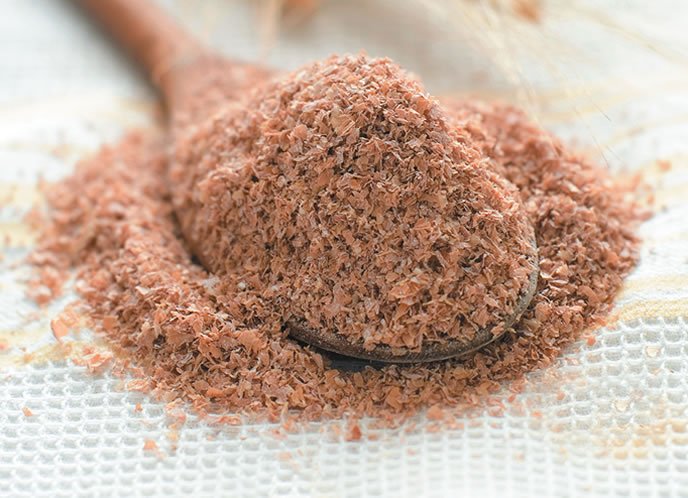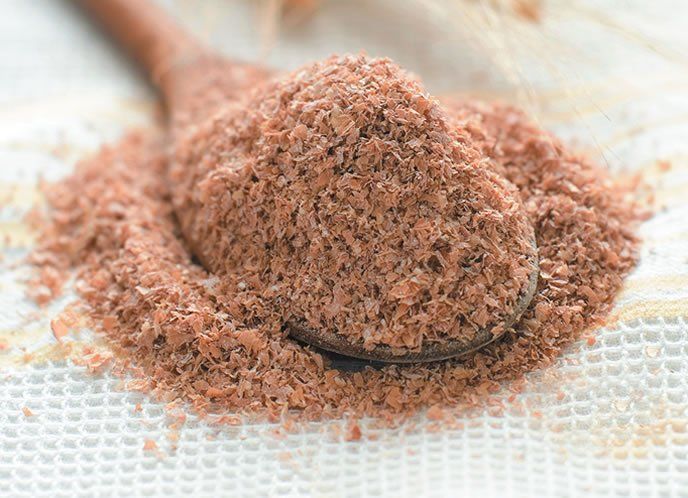Higher cereal fiber intakes are associated with lower risk of cardiovascular disease, and now a new study shows cereal fiber is also associated with decreased risk of dying after surviving a first heart attack. Researchers analyzed pre- and post-heart attack data on more than 4,000 people over nine years. Those who increased their cereal-fiber intake after a first heart attack were 35% less likely to die of cardiovascular causes.
Photo: Thinkstock

“These are encouraging findings with regard to whole-grain foods,” says Alice H. Lichtenstein, DSc, director of Tufts’ HNRCA Cardiovascular Nutrition Laboratory. “However, association is not necessarily causation. The data show that after a first heart attack, individuals who report adhering to current dietary guidelines have a better outcome. These findings do not suggest that those taking a fiber supplement, even if it is cereal fiber, will experience a benefit.”
HEART-HEALTHY CHOICE: Why does dietary fiber help protect your heart? Greater intake of dietary fiber improves glycemic response and insulin sensitivity, which in turn contribute to heart health and reduce the risk of diabetes (which boosts cardiovascular risk). Soluble fiber (see “Fiber Facts“) modestly reduces LDL (“bad”) cholesterol; these improvements go beyond what can be achieved just by reducing saturated and trans fats and dietary cholesterol. Both types of fiber can make you feel full, so you may eat fewer calories, reducing the risk of obesity and thus heart disease.
But the role of diet has not been emphasized in advice for preventing repeat heart attacks, according to researcher Shanshan Li of the Harvard School of Public Health, and colleagues. Most “secondary prevention” strategies instead focus on medication strategies. With more patients surviving a first heart attack, Li and colleagues wrote in BMJ, “this growing patient population is at higher risk for mortality and may be more motivated to change their lifestyle habits. Evidence as to whether and to what extent dietary changes from before to after [heart attack] improve prognosis is, however, insufficient.”
The Diet and Reinfarction Trial (DART), the only previous clinical trial of dietary fiber intake among male heart-attack survivors, did not show a lower rate of coronary and total deaths with increased fiber intake during two years of follow-up. That study, however, was almost 30 years ago.
CRUNCHING NUMBERS: For a fresh look at the subject, Li and colleagues analyzed data from two large, long-term studies: 2,258 women from the Nurses’ Health Study and 1,840 men in the Health Professional Follow-up Study. All were initially free of heart disease and then survived a first heart attack. During nine years of follow-up, 1,133 participants died – 558 from cardiovascular disease.
Because both large studies collected extensive dietary data from questionnaires at several points in time, researchers were able to analyze pre- and post-heart attack intake of dietary fiber. Participants who reported eating more cereal fiber after their heart attack were not only less likely to later die of cardiovascular disease, but also 31% less likely to die of any cause during the follow-up period. Eating more fiber from fruits and vegetables was not associated with reduced risk.
Fewer than 5% of all Americans, Li noted, eat the recommended amount of fiber. The average American eats only 10-15 grams of fiber per day, while the American Heart Association advises most people to aim for 25 grams of fiber daily. How much is that? One cup of cooked oatmeal or two slices of whole-wheat bread each contains about 4 grams of fiber.
























